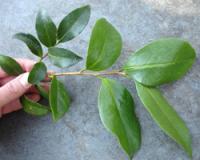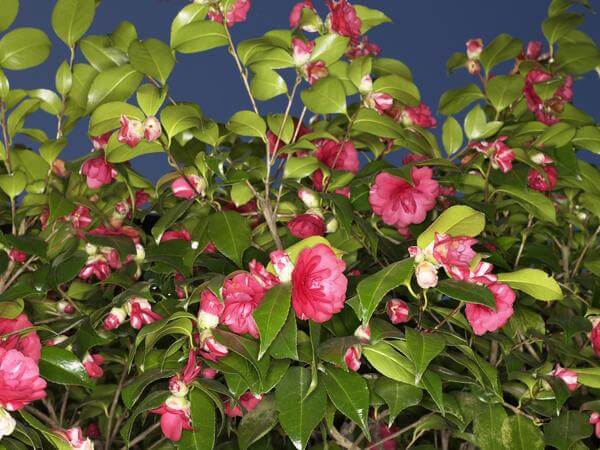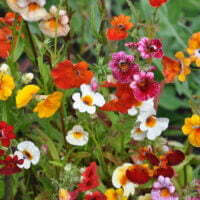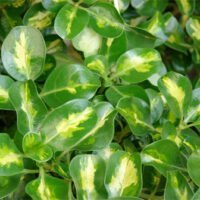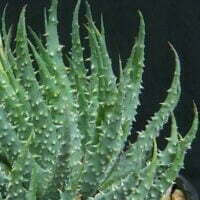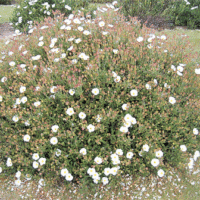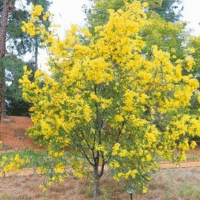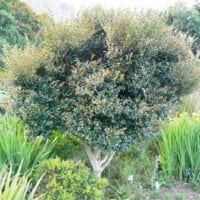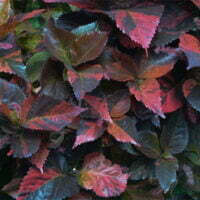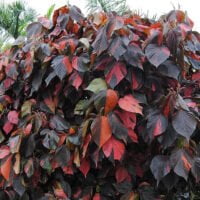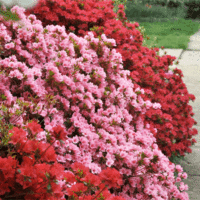| Botanical name | Camellia species |
|---|---|
| Plant Care |  Full Sun Full Sun – Prefers 6 or more hours of sun per day.  Shade Shade – Prefers Low Light Levels. Frost Hardy Frost Hardy – Can Handle frost without damage.  Moderate Watering Moderate Watering – Requires Regular Watering.  Non Indigenous Non Indigenous – Exotic to South Africa. |
| Size | |
| Categories | |
| Flowers | February March April May June July August They are spectacular when flowering from Autumn through Winter to early Spring. Flower forms are classified as single, semi-double, anemone form, peony form, |
| Common name(s) | Camellia |
| Origin | |
| Foliage | Foliage is glossy dark green and is evergreen. |
| Uses in landscape design | Camellia species do well in pots on patios where they have filtered sun. |
| Maintenance | Camellias should be mulched regularly with acid compost or pine needles. Feed them regularly with blue hydrangea food to keep their soil acid. |
| Soil conditions | The soil for camellias should be acid (with a pH of 5.5-6.5), well drained and rich in humus. |
| Recommended varieties | Camellia sasanqua, C. hiemalis, C. reticulata and C. japonica. |
Camellia species (Camellia)
- Botanical name: Camellia species
- Common name(s): Camellia
- Categories: Shrubs and Perennials
Plant description:
Natives of Asia, these evergreen shrubs or small trees have lovely, glossy, dark green foliage. They are spectacular when flowering from autumn through winter to early spring. The flowers can measure from 50–120mm across, depending on the variety. Flower forms are classified as single, semi-double, anemone form, peony form, rose form or formal double.
Family: Theaceae
Botanical Pronunciation: kuh-MEE-lee-a
Camellia species requirements and features
info on these icons
Moderate Maintenance
Requires moderate maintenance.
Prohibited Use Notice: No Data Scraping Allowed Except for Search Engine Indexing:
The content provided on PlantInfo.co.za is intended for personal, non-commercial use only. Unauthorized extraction, reproduction, or use of the data, including scraping, for any purpose other than search engine indexing is strictly prohibited. Violations of these terms may result in legal action. By accessing and using this website, you agree to comply with these conditions and acknowledge the legal restrictions on the use of our content.
February March April May June July August
They are spectacular when flowering from Autumn through Winter to early Spring. Flower forms are classified as single, semi-double, anemone form, peony form, rose form or formal double.
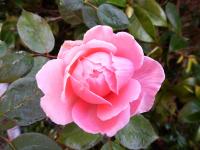
Foliage is glossy dark green and is evergreen.
